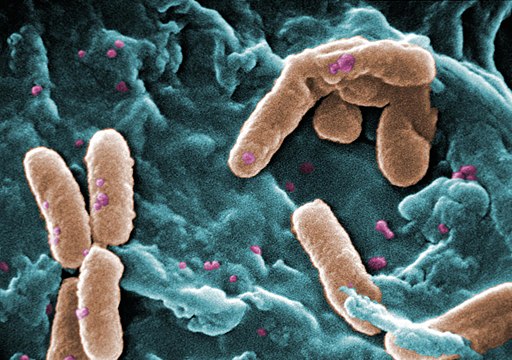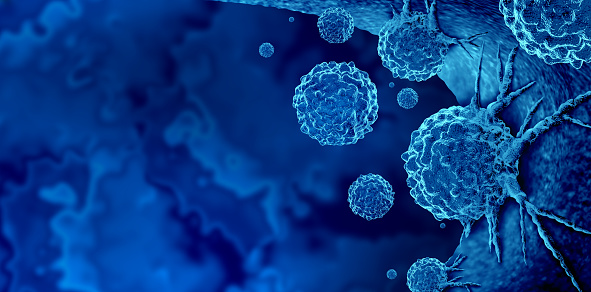Antibiotics Through Time: A Fascinating Historical Journey
By: Archiradhi Communications
- ‘Magic Bullets’ To Looming Threats
- Ancient Remedies
- The discovery of pyocyanase
- The Dawn of a Medical Marvel
- The Fortuitous Discovery Penicillin and a Prophetic Caution
- Prontosil: The Pioneering Journey of Gerhard Domagk
- The Golden Age of Antibiotics
- A Battle Against Antimicrobial Resistance
- Conclusion
- Call for Action
‘Magic Bullets’ To Looming Threats
Antimicrobial resistance (AMR) is a colossal threat, inching its way towards becoming the next pandemic.
The global spread of multi-and pan-resistant microbial pathogens, including multidrug resistant (MDR) and extensively drug resistant (XDR) Mycobacterium tuberculosis, methicillin-resistant Staphylococcus aureus (MRSA), vancomycin-resistant Enterococcus (VRE), carbapenem-resistant Enterobacteriaceae (CRE), multidrug resistant Candida auris, and drug-resistant human immunodeficiency virus (HIVDR), to name a handful of pathogens, is particularly alarming.
However, the history of antibiotics goes beyond these grim facts. It tells a tale of wonder and hope that predates the groundbreaking discovery of penicillin in 1928 by thousands of years.
When antibiotics were first introduced into clinical practice in the 20th century, they were hailed as "magic bullets" capable of treating infections and revolutionizing medical procedures.
The discovery of penicillins, cephalosporins, quinolones, aminoglycosides, tetracyclines, macrolides, and other antimicrobial classes marked the "golden age" of antimicrobial discovery during the early to mid-20th century.
Ancient Remedies: From Moldy Bread to Healing Poultices
Our journey begins with the ancient civilizations in Egypt, Greece, Rome, and China who used poultices of moldy bread to treat open wounds.
The Ebers Papyrus, dating back to 1550 B.C.E., documents this remarkable remedy, continuing to be referenced by John Parkinson, an English herbalist, in his book "Theatrum Botanicum" in 1640. These remedies held such potency that they persevered through the ages.
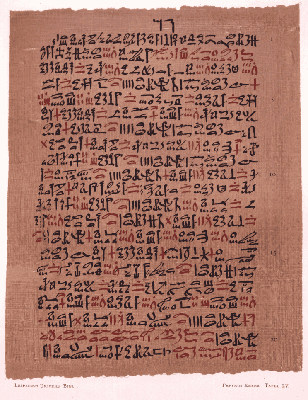
Ebers Papyrus
Furthermore, recent mass spectroscopic studies shed light on the therapeutic practices of an ancient civilization from Sudanese Nubia, between 350-550 C.E.
The skeletal remains revealed traces of tetracycline, indicating the use of tetracycline-producing Streptomyces species in the preparation of a thick and gruel-like porridge.
This ancient antibiotic concoction was consumed to treat various ailments, including wounds and gum diseases, showcasing the early instances of antimicrobial use.
Fast forward to the Anglo-Saxon period in the 10th century, and we find "Bald's Leechbook," an English medical text filled with remedies for ailments, including those caused by microorganisms.
Remarkably, one of these remedies has been shown to possess potent antibacterial properties against MRSA, offering a glimpse into the ingenuity of ancient medical practitioners.
As we venture into the 17th century, we encounter two pioneers, Antoni van Leeuwenhoek and Robert Hooke, who revolutionized our understanding of microorganisms.
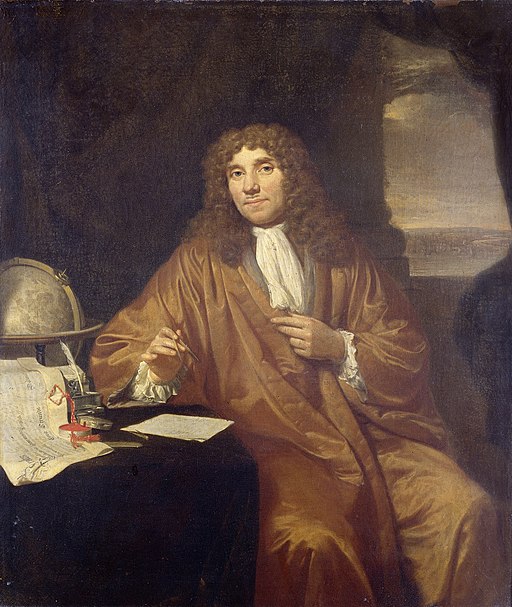
Anthonie van Leeuwenhoek
Their discovery of these tiny living entities was a pivotal milestone that led to groundbreaking revelations in the field of microbiology.
This paved the way for visionary scientists like Louis Pasteur and Robert Koch, who established the association between microbes and disease, unraveling the mysteries of infections and laying the foundation for modern medicine.
The historical tapestry of antibiotics thus stretches back to antiquity, revealing ancient civilizations' early attempts to harness the power of moldy bread and tetracycline-producing microbes.
The discovery of pyocyanase: A pivotal moment in medicine
In the 1890s, medicine witnessed its first glimmer of success with an antimicrobial substance known as pyocyanase. Rudolf Emmerich and Oscar Loew, two brilliant German scientists, embarked on a groundbreaking journey that would forever shape the course of antimicrobial history.
Their quest led them to isolate the bacterium Bacillus pyocyaneus (present-day Pseudomonas aeruginosa) from bandages of injured patients. Astonishingly, this bacterium exhibited the extraordinary ability to inhibit microbial growth.
Emmerich and Loew's dedication bore fruit as they cultivated the bacterium in batches, harnessing its potent properties in the form of a supernatant used as a novel treatment.
This remarkable feat marked a pivotal moment in the annals of medicine, paving the way for future advancements in the field of antimicrobials.
The Dawn of a Medical Marvel: Salvarsan, Paul Ehrlich and Sahachiro Hata
The modern era of medicine was ushered in by the prodigiously talented German physician, Paul Ehrlich.
An extraordinary polymath excelling in the laboratory, immunology, hematology, and chemotherapy, Ehrlich embarked on a quest to discover chemical compounds with the power to vanquish pathogenic microorganisms without causing harm to the patient.
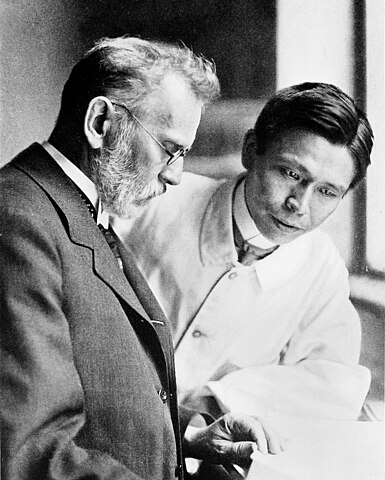
Paul Ehrlich and Sahachiro Hata
In the early 1900s, Ehrlich's pioneering research took a momentous turn when his assistant, Sahachiro Hata, made a groundbreaking discovery. Through their tireless efforts, they unlocked the doors to an unprecedented medical marvel: arsphenamine, better known as Salvarsan.
This organoarsenic compound emerged as a remarkable weapon against Treponema pallidum, the dreaded causative agent of syphilis.
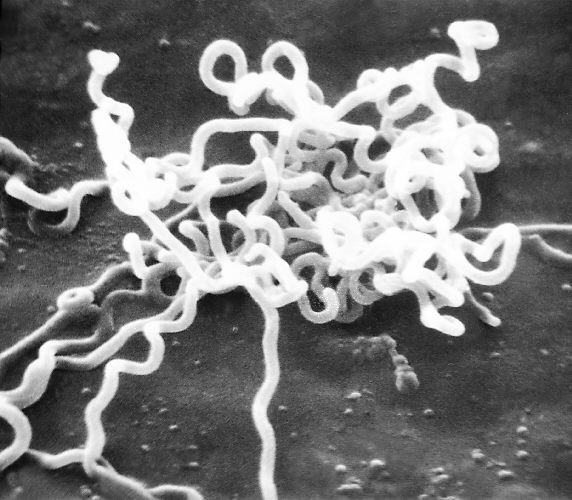
Treponema pallidum
Hata's experiments on infected rabbits revealed that Salvarsan outshone all previously tested chemicals, proving its extraordinary potency in combating this ravaging disease.
The revelation of Salvarsan marked a historic turning point in medical history, as it became the world's first effective treatment for syphilis. Ehrlich's and Hata's visionary work not only saved countless lives but also laid the foundation for a new era of targeted therapies, forging the path to cure diseases that were once considered incurable.
As we delve into the groundbreaking accomplishments of Paul Ehrlich, we witness the indomitable spirit of scientific inquiry that continues to inspire medical breakthroughs and shape the landscape of modern medicine.
With the discovery of Salvarsan, the medical world witnessed an unprecedented breakthrough in the fight against infectious diseases. Initially designated as "compound 606" (a testament to the staggering number of previous unsuccessful attempts - 605 to be precise!), Paul Ehrlich's groundbreaking compound was officially marketed as Salvarsan in 1910.
Ehrlich's relentless pursuit of medical innovation did not stop there. Building upon the success of Salvarsan, he delved deeper into the realm of scientific exploration to develop an improved version.
The result was "compound 914," better known as neosalvarsan, a marvel of medical ingenuity.
Neosalvarsan boasted reduced arsenic content, increased solubility, and heightened efficacy, setting a precedent as the first-ever "magic bullet" in the arsenal against infectious diseases.
The advent of neosalvarsan further solidified Paul Ehrlich's reputation as a visionary scientist whose contributions to medicine continue to resonate through the corridors of time.
The concept of "magic bullets," compounds specifically targeted to combat disease-causing agents without harming the patient, opened new frontiers in medical research and became the cornerstone of future therapeutic advancements.
Ehrlich's legacy would serve as an inspiration for generations of scientists and physicians, guiding them in their unrelenting pursuit of transformative solutions to some of the most challenging health challenges humanity faces.
The Fortuitous Discovery Penicillin and a Prophetic Caution
The remarkable tale of penicillin's discovery unfolds with Scottish physician Alexander Fleming at the center stage. In a serendipitous moment, Fleming returned to his laboratory at St. Mary's Hospital, London, after a vacation in 1928.
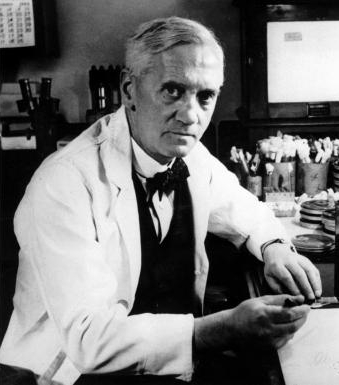
Alexander Fleming
To his astonishment, he witnessed an unanticipated scene: Petri dishes containing Staphylococcus aureus were unintentionally contaminated by a mold, later identified as Penicillium notatum.
The mold had created a bacterial-free zone, leading Fleming to a groundbreaking realization – this mold had the power to inhibit bacterial growth and potentially combat infections.
Fleming's profound insight into the potential of penicillin sparked hope for a new era in medicine. However, he was acutely aware of the substantial challenges that lay ahead in bringing this remarkable discovery into medical practice.
The task of purifying penicillin fell to a team of dedicated scientists at Oxford University, including Howard Florey, Ernst Chain, Norman Heatley, and others.
Their relentless efforts paved the way for mass production of this life-saving drug, just in time for its crucial use during World War II.
Amidst the triumphs of penicillin, another pivotal figure emerged in the penicillin saga – scientist Dorothy Hodgkin.
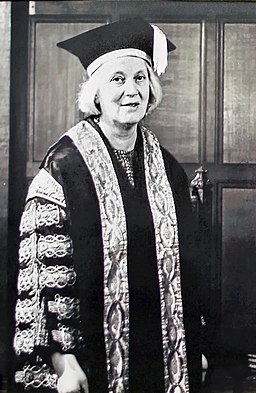
Dorothy Hodgkin
In 1945, her groundbreaking work revealed that penicillin contained a β-lactam ring, sparking a wave of structural modifications that led to the creation of various semisynthetic penicillins.
Even in the midst of accolades and optimism, Fleming issued a prophetic warning in his Nobel lecture on December 11, 1945. He cautioned, "But I would like to sound one note of warning. Penicillin is to all intents and purposes non-poisonous… It is not difficult to make microbes resistant to penicillin…"
This cautionary note highlighted the importance of prudent antibiotic use and the ever-present threat of antibiotic resistance.
The discovery of penicillin stands as a testament to the power of serendipity and the relentless pursuit of scientific knowledge. Its potential to save lives was matched only by the cautionary reminder of the pressing need for responsible antibiotic stewardship.
Prontosil: The Pioneering Journey of Gerhard Domagk
In 1932, a pivotal discovery by German pathologist Gerhard Domagk set the stage for another groundbreaking chapter in the history of medicine.
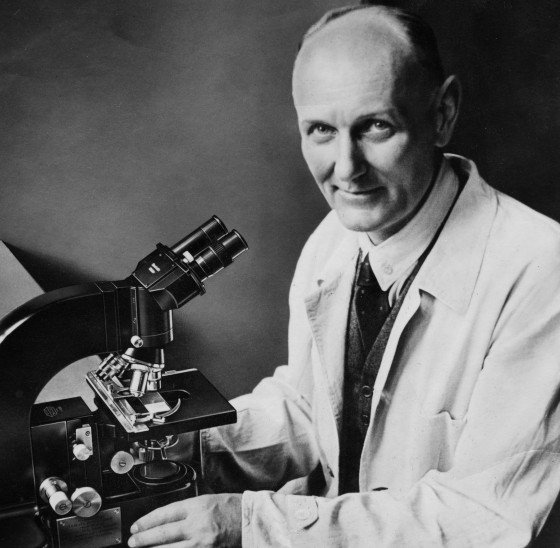
Gerhard Domagk
His trailblazing research led to the identification of prontosil rubrum, a derivative of sulphanilamide, which showcased remarkable protective properties against staphylococci and hemolytic streptococci in rabbits and mice.
The foundation of this discovery was laid much earlier, in 1908, by Austrian chemist Paul Gelmo, who first prepared sulphanilamide.
Before publishing his seminal report on prontosil's antibacterial prowess in 1935, Domagk courageously explored its potential in infected individuals.
Among his early patients was his young daughter, Hildegard, who fell seriously ill due to a streptococcal infection after a needle prick on her finger. Driven by desperation, Domagk administered prontosil, leading to a miraculous recovery.
By 1935, it became evident that the dye component of prontosil was superfluous, marking the beginning of the era of sulfa drugs.
This resounding success not only revolutionized medical therapeutics but also paved the way for the identification and development of other synthetic antibiotics.
The journey of prontosil and the pioneering work of Gerhard Domagk unlocked a treasure trove of possibilities, launching the age of sulfa drugs and synthetic antibiotics.
As the world continues to face health challenges, the legacy of Domagk and his remarkable discovery serves as a reminder of the enduring spirit of medical innovation and the quest for better, safer, and more effective treatments.
The Golden Age of Antibiotics: Unraveling Nature's Healing Potentials
Between 1940 and 1962, an extraordinary era unfolded in the world of medicine, marked by the discovery and introduction of several antibiotic classes that continue to be instrumental in modern medical practice.
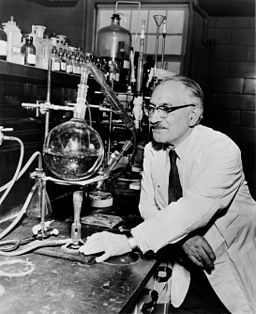
Selman Waksman
At the heart of this transformative period was Selman Waksman, an exceptional Russian-empire born American scientist, and his dedicated research team at Rutgers University, USA.
In the late 1930s, they embarked on a systematic quest to explore soil microorganisms as potential sources of life-saving antibiotics. Their insightful investigation led them to uncover the incredible antibiotic-producing capabilities of soil actinomycetes, a revelation that would shape the future of medical therapeutics.
This groundbreaking approach, known as the Waksman Platform, enabled the team to isolate and scrutinize a multitude of novel actinomycetes.
As they delved deeper into their research, Waksman's brilliance culminated in the discovery of streptomycin, the world's first anti-tuberculosis drug.

Streptomycin
His achievements did not stop there; he also unveiled neomycin, actinomycin, and numerous other invaluable antibiotics.
Waksman's visionary methodology inspired numerous pharmaceutical companies to adopt the Waksman Platform, setting the stage for the revelation of many novel classes of antibiotics.
One such example is Eli Lilly, who ventured to gather soil samples from distant lands with the assistance of Christian missionaries.
In 1952, their endeavors bore fruit when Streptomyces orientalis (now called Amycolatopsis orientalis) was isolated from a soil sample sent all the way from Borneo, Indonesia. This paved the way for the commercial use of vancomycin in 1958.
However, with the rediscovery of some antimicrobial compounds, the Waksman Platform eventually took its final bow, having left an indelible mark on the world of antibiotic research.
The golden age of antibiotics stands as a testament to the power of scientific exploration and the wonders nature holds within. Waksman's enduring legacy continues to inspire researchers worldwide, encouraging them to unlock nature's treasure trove of healing potentials and forge a path towards a healthier, resilient future.
Persisting Optimism: A Battle Against Antimicrobial Resistance
From the 1960s through the 1980s, the pharmaceutical industry engaged in an intense battle against antimicrobial resistance, forging ahead with the development and release of many antibiotics that continue to be indispensable in modern medicine.
Despite the challenges posed by evolving resistant pathogens, the relentless pursuit of innovative solutions persisted, fueled by a determined optimism to safeguard humanity from infectious threats.
During this crucial period, scientists and pharmaceutical companies rallied together to combat the emergence of resistant microbes. Their unwavering dedication yielded a remarkable array of new antibiotics, providing physicians with vital tools to save countless lives.
However, as antimicrobial resistance continued to evolve, the optimism that drove their efforts faced mounting challenges.
Conclusion:
The journey of antibiotics, from their ancient roots to the modern era, bears witness to humanity's ingenuity in the face of health crises.
While our collective progress has been commendable, the battle against antimicrobial resistance is far from over. It demands a united front, with policymakers, healthcare professionals, researchers, and the public joining forces to preserve the efficacy of these life-saving drugs.
Call for Action:
Let us not underestimate the gravity of antimicrobial resistance and its potential to erode the effectiveness of our most potent weapons against infectious diseases.
As we cherish the legacy of past discoveries and celebrate our present achievements, let us embrace a renewed commitment to antibiotic stewardship and responsible use.
Empowering patients and healthcare providers with knowledge and resources to combat resistance can ensure a healthier and more sustainable future.
Together, we must foster a world where antibiotics remain a formidable force against infections, inspiring future generations to explore novel approaches and innovative treatments.
In doing so, we will triumph over the challenges that lie ahead and secure a brighter and healthier world for all.

